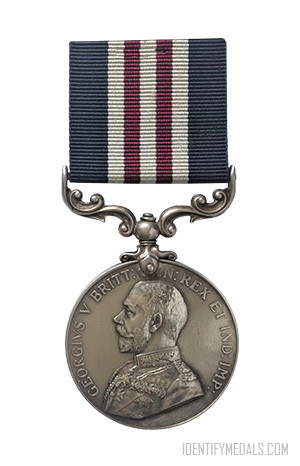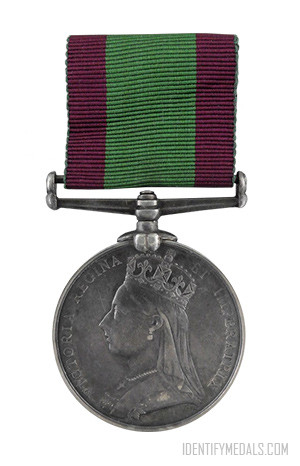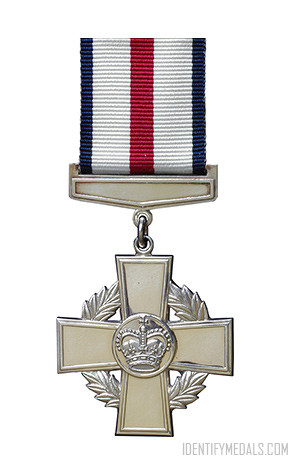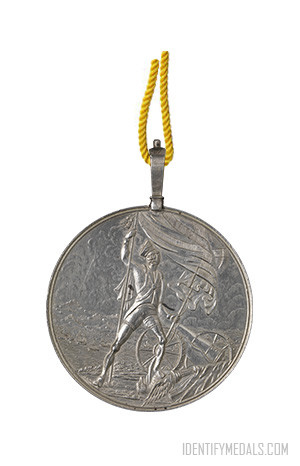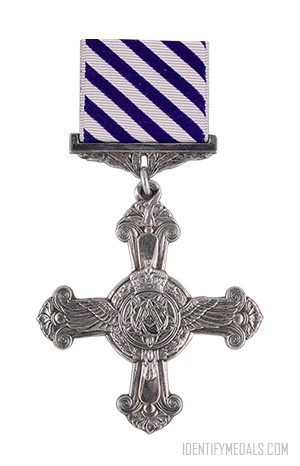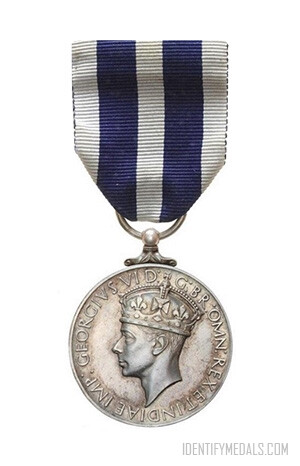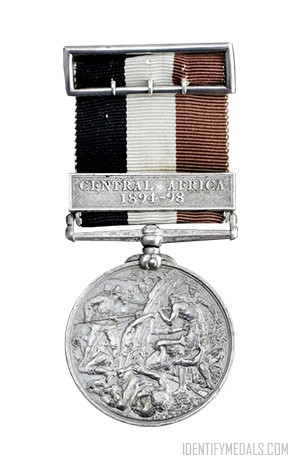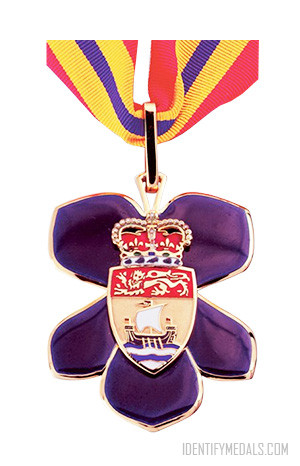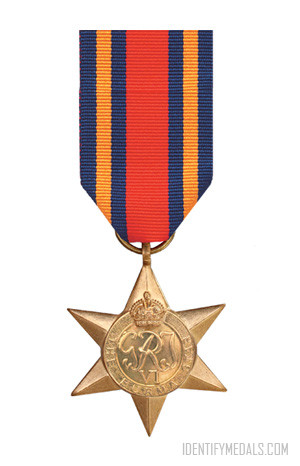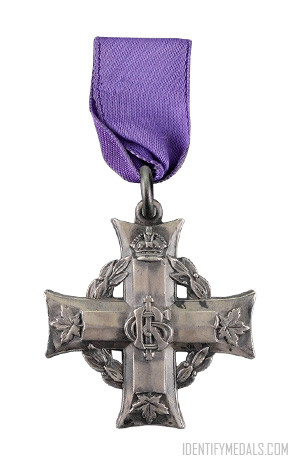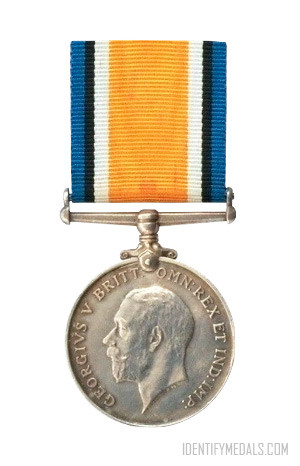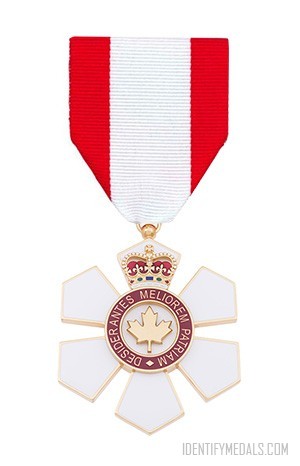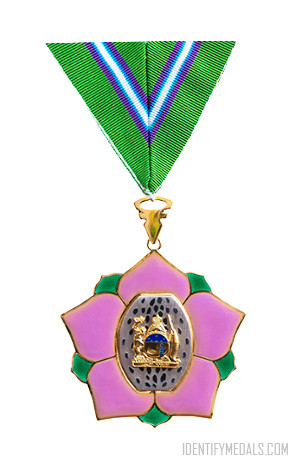- Time Period: World War I
- Year of Institution: 25 March 1916
- Country: Great Britain
The Military Medal (or MM) was a military decoration established in 1916 and awarded for bravery in battle on land. The award is given to personnel of the British Army and other arms of the armed forces, and to personnel of other Commonwealth countries, below commissioned rank.
The award had retrospective application to 1914, and was awarded to other ranks for “acts of gallantry and devotion to duty under fire“. It was discontinued in 1993 when it was replaced by the Military Cross, which was extended to all ranks, while other Commonwealth nations instituted their own award systems in the post-war period.
When the medal was first introduced, it was unpopular among regular soldiers wrote MM and DCM recipient Frank Richards who stated “the Military Medal, which without a shadow of a doubt had been introduced to save awarding too many DCMs. The old regular soldiers thought very little of the new decoration“.
Since 1918 recipients of the Military Medal have been entitled to the post-nominal letters “MM”.
The Military Medal Design Design
The medal is circular, struck in silver and measures 1.4 inches (36 mm) in diameter.
The obverse bears the effigy of the reigning monarch and an appropriate inscription. The reverse shows the inscription “FOR BRAVERY IN THE FIELD” in four lines, surrounded by a laurel wreath, and surmounted by the Royal Cypher and Imperial Crown.
The ribbon is dark blue, 1.25 inches wide with five equal center stripes of white, red, white, red, and white, each 0.125 inches wide. The suspender is of an ornate scroll type and the name and service details of the recipient were impressed on the rim of the medal, although honorary awards to foreign recipients were issued unnamed. Silver, laurelled bars were authorized for subsequent awards, with a silver rosette worn on the ribbon bar to indicate the award of each bar.

